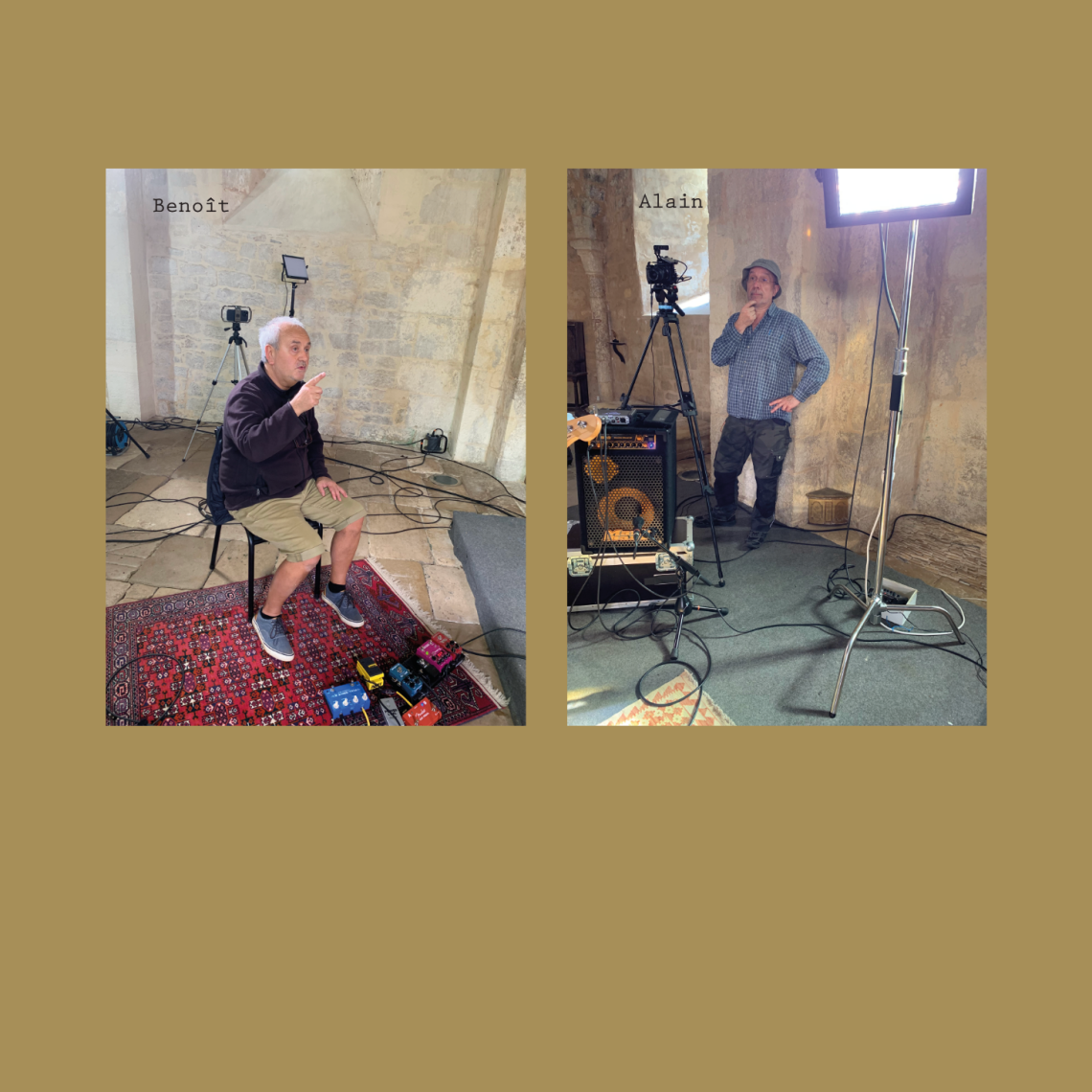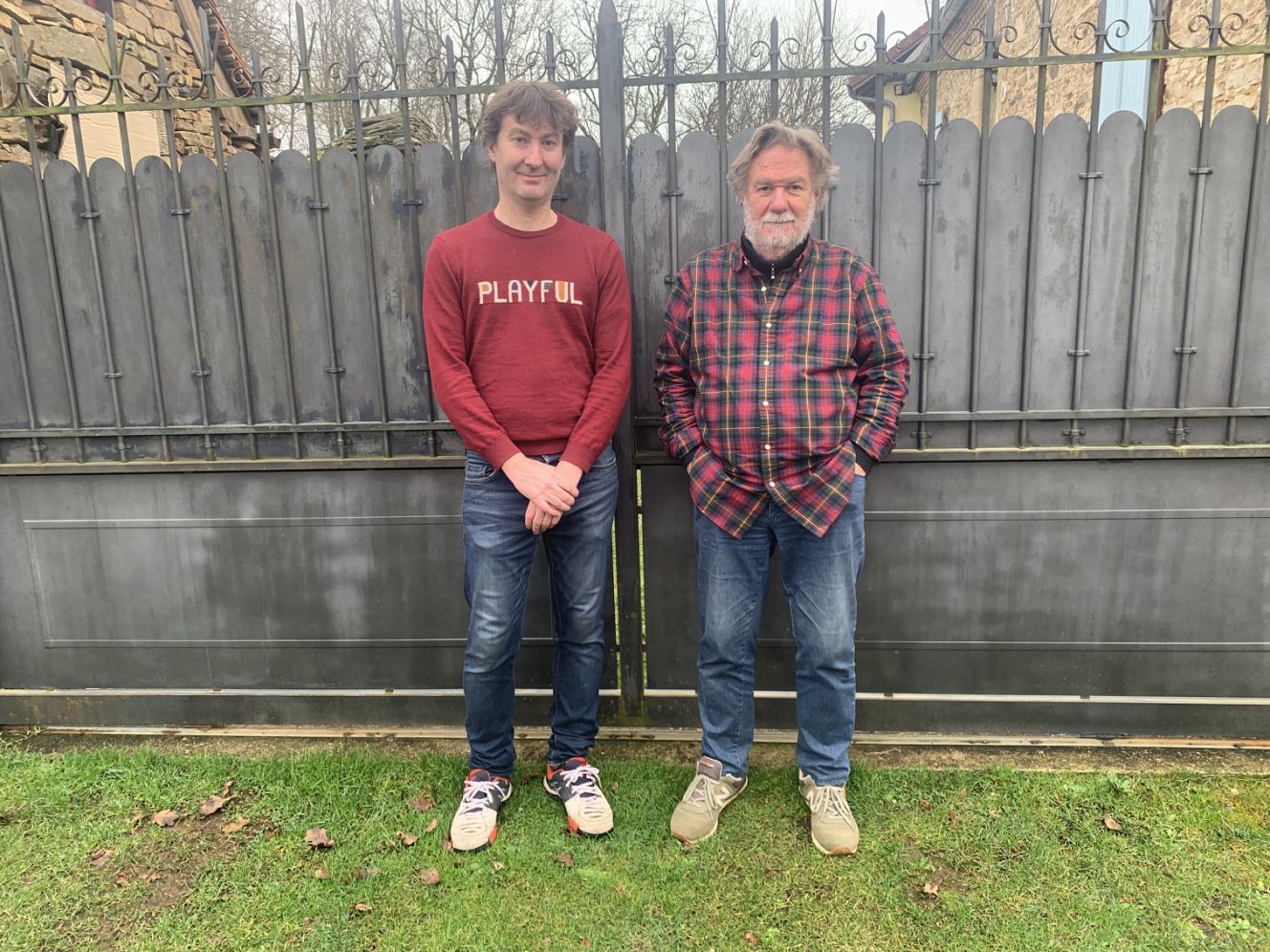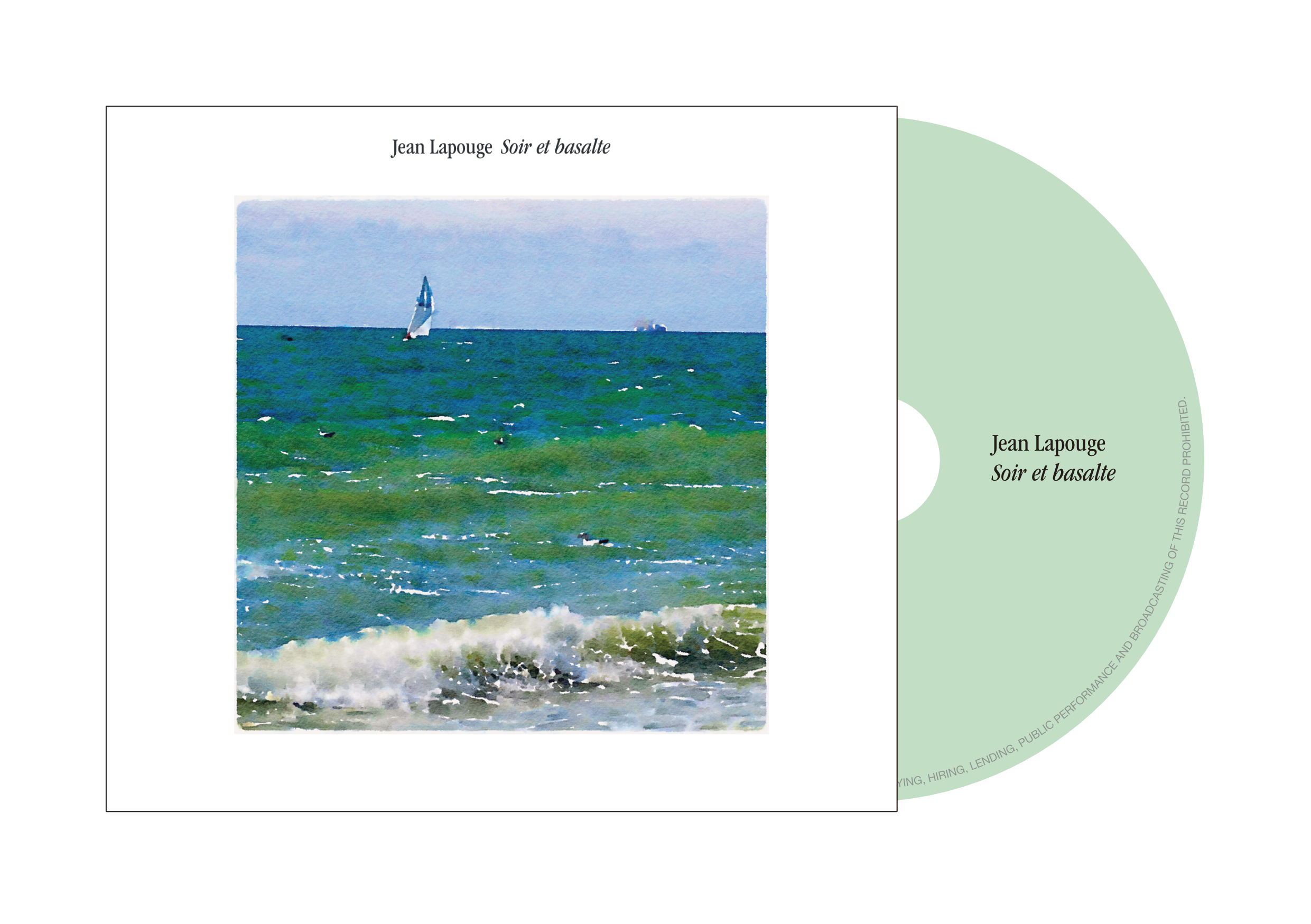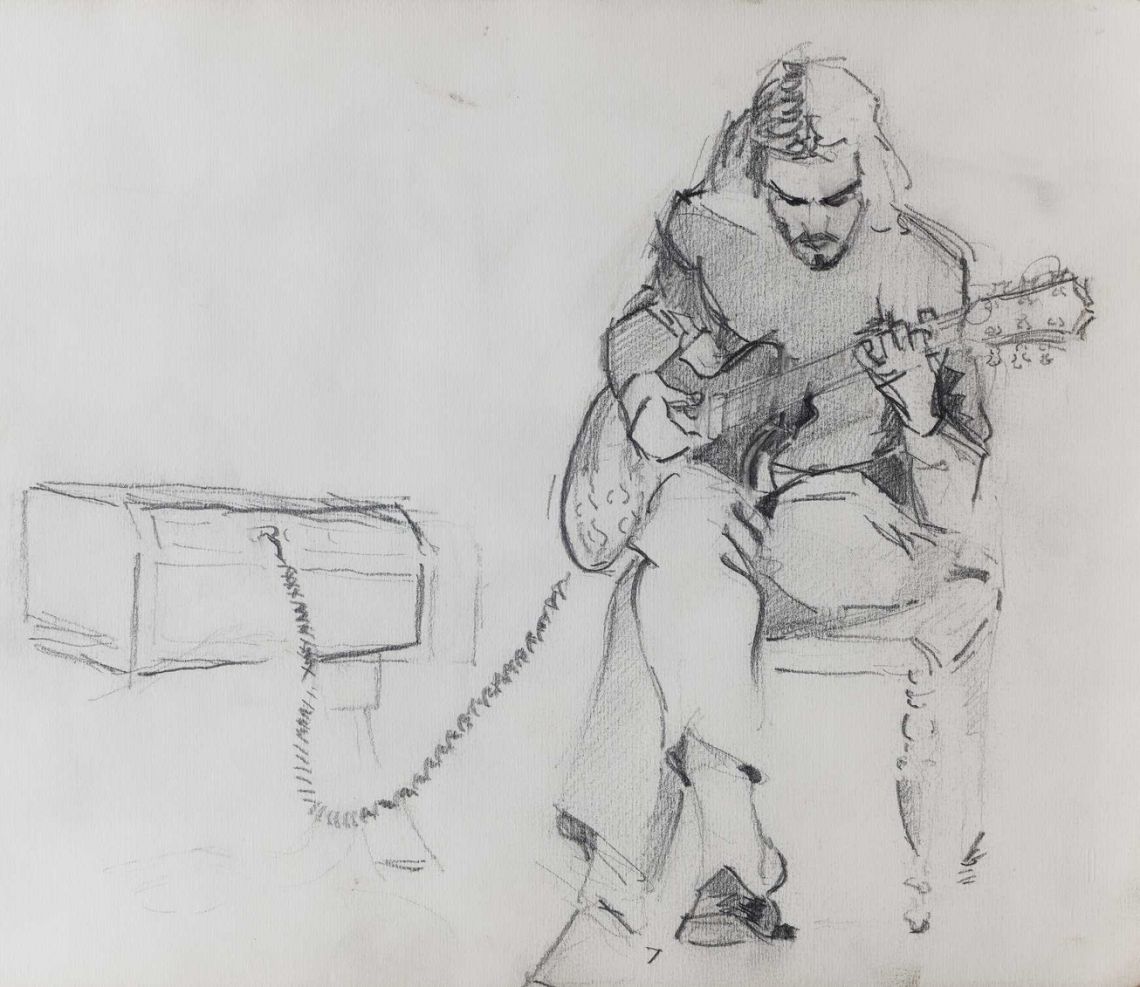

Notre nouveau disque, Le voyage d'hiver, vient tout juste de sortir des presses. Il a été enregistré début mai, au studio Ouïe-Dire, à Limoges, c'est à dire hier. L'équipe : les Lapouge, père et fils. La recette ? Morceaux nouveaux, morceaux anciens joués en réduction, une de mes disciplines favorites et un standard intemporel de Chick Corea.
Le visuel : une huile de mon frère François Lapouge représentant un paysage d'Allemagne du nord, photographié lors d'un de ses nombreux voyages dans cette région. Je n'ai pas pu m'empêcher de reprendre le titre de son tableau, lui-même déjà emprunté...
Our new album, Le voyage d'hiver, has just been released. It was recorded in early May at the Ouïe-Dire studio in Limoges, which was yesterday. The lineup: the Lapouge's , father and son. The recipe? New songs, old songs played in reduced form, one of my favorite disciplines, and a timeless standard by Chick Corea. The artwork is an oil painting by my brother François Lapouge depicting a landscape in northern Germany, photographed during one of his many trips to the region. I couldn't resist using the title of his painting, which itself was already borrowed...
Jean Lapouge : guitare, programmation, compositions
Nicolas Lapouge : basse
Enregistré en mai 2025, studio Ouï-Dire, Limoges
Prise de son, mixage : Dominique Boos
Couverture (Le voyage d’hiver, 2020, huile sur toile, 100 x 100 cm, détail) : François Lapouge
Graphisme et production : Jean Lapouge
www.jeanlapouge.bandcamp.com
Pile au moment où nous commencions, Nicolas et moi, à déchiffrer deux nouveaux morceaux pour notre prochain CD, je reçus deux coups de téléphone d'amis proches. Le premier de Benoît (Maury) me demandant si nous étions prêts et intéressés d'être filmés dans un endroit de notre choix, afin de tester son nouveau matériel vidéo. Le second d'Alain (Martin) me demandant si nous étions prêts et intéressés d'être enregistrés dans une chapelle de la région, afin de tester son nouveau matériel d'enregistrement, une immense perche à trois têtes, utilisée dans le monde du classique... Evidemment, ils étaient de mèche. Nous avons dit banco : voici le résultat.
Just as Nicolas and I were starting to work on two new tracks for our next CD, I received two phone calls from close friends. The first was from Benoît (Maury) asking if we'd be willing and interested to be filmed at a location of our choice to test his new video equipment. The second was from Alain (Martin) asking if we'd be willing and interested to be recorded in a local chapel to test his new recording equipment, a huge three-headed boom used in the world of classical music... They were obviously in cahoots. We said "banco": here's the result.
Chapelle d'Ajat (suite)...
Après une vive discussion comprenant les termes de : plan de coupe, champ-contre champ, rushes, zoom avant-arrière, lumière, notre staff technique (Alain et Benoît) a finalement décidé que la seconde et dernière vidéo de la journée, tournée dans la chapelle d'Ajat, était montrable. Nous les musiciens, avions déjà accepté la partie musicale : la première et seule prise de notre morceau Autokrat.
Chapelle d'Ajat (continued)...
After a lively discussion about cutaway, field-contra-field, rushes, zoom in and out, light, our technical staff (Alain and Benoît) finally decided to show the second and last video of the day, shot in the chapel of Ajat. We, the musicians, had already accepted the musical part of it, the first and only take of our piece Autokrat.
Il y a trois ou quatre ans, quand j'ai proposé à Nicolas Lapouge, mon fils, de faire partie de mon trio avec Christian Pabœuf, j'ai remarqué, dès les premières répétitions, que le son de sa “fretless bass” se mariait particulièrement bien au son de ma propre guitare. Le moment venu, le duo sembla une évidence.
La proximité musicale entre un père et son fils ne va pas toujours de soi. Leurs goûts musicaux peuvent même être très différents. Dans notre cas, il semblerait que nous soyons restés sur la même ligne : le petit garçon qui écoutait dans un coin, des heures durant, les répétitions de Noëtra, l'adolescent abreuvé d'Eberhard Weber et d'Egberto Gismonti, est devenu un bassiste de jazz accompli.
Le programme du CD restitue en partie notre parcours : un peu de Noëtra, un hommage à mes influences, et des inédits. Pour rester dans le même esprit familial, j'ai encore emprunté une œuvre de mon frère François pour illustrer notre musique...
Three or four years ago, when I asked my son Nicolas Lapouge to join my trio with Christian Pabœuf, I noticed from the very first rehearsals that the sound of his fretless bass blended particularly well with the sound of my own guitar. When the time came, the duo seemed an obvious choice.
Musical closeness between father and son is not always self-evident. Their musical tastes can be very different indeed. In our case, we seem to have stayed on the same path: the little boy in the corner, who listened for hours to the Noëtra rehearsals, the teenager who drank in Eberhard Weber and Egberto Gismonti, has become an accomplished jazz bassist.
The CD's program reflects part of our journey: a little bit of Noëtra, a tribute to my influences, and some previously unreleased material. In keeping with the family spirit, I've also borrowed a work by my brother François to illustrate our music...
Jean Lapouge : guitare
Nicolas Lapouge : basse
Enregistré en janvier 2024,
studio Ouï-Dire, Limoges, France.
Ingénieur du son : Dominique Boos
Visuel : François Lapouge
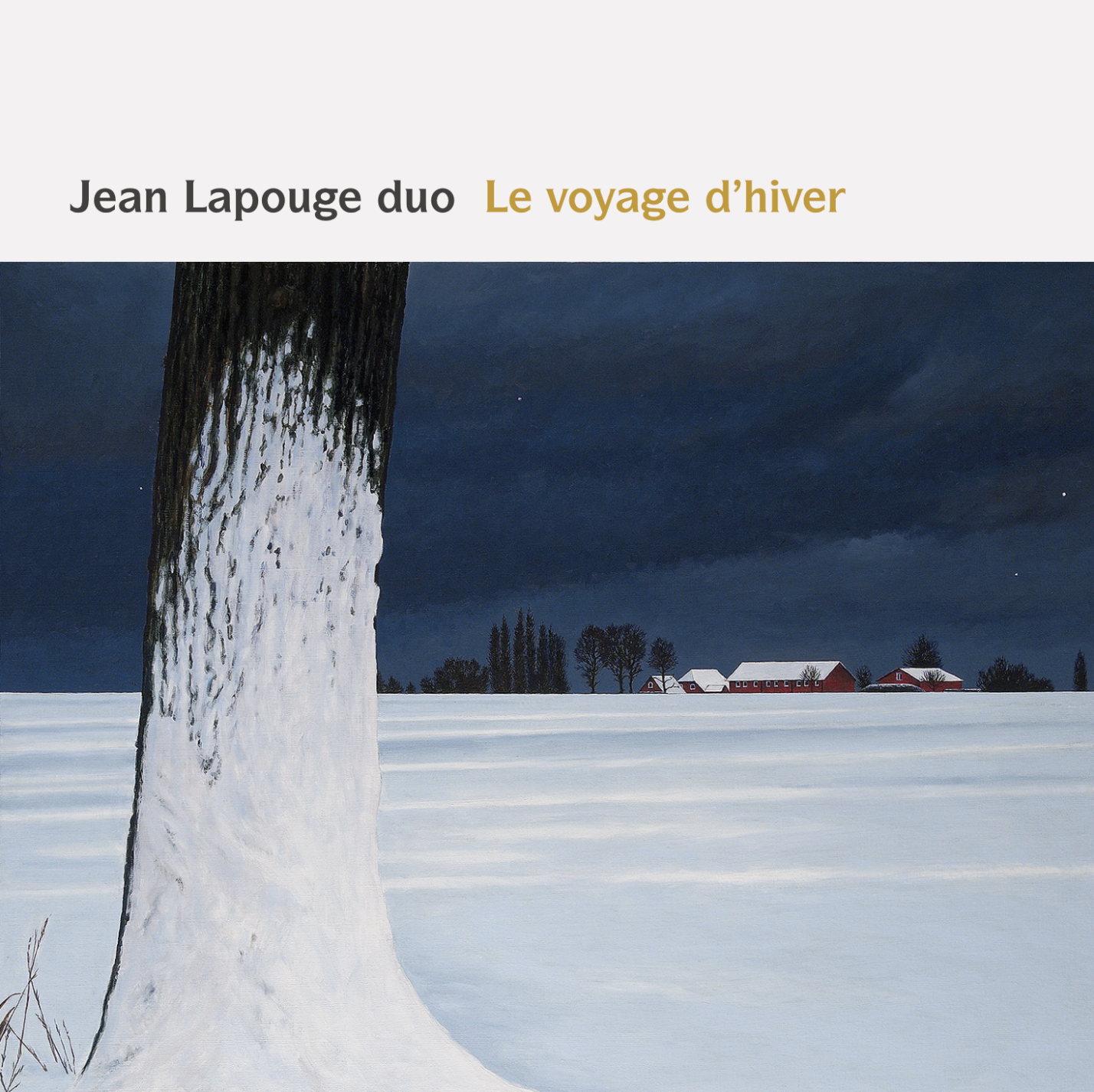
.png?t=bfccd5f4_93b1_4613_bf74_01dc90acea14)
